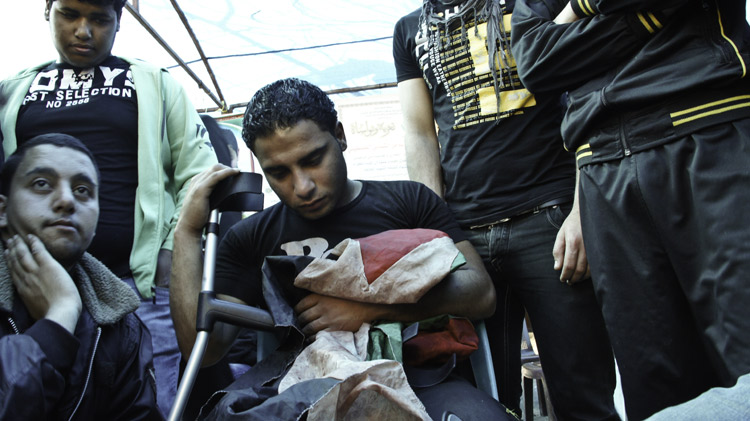Year: 2012
-
Video: Israeli military shooting directly at press in Kufr Qaddoum
by Axel 4 April 2012 | International Solidarity Movement, West Bank On Friday the 30th of March the weekly demonstration was held in the village Kufr Qaddoum outside of Nablus. This day was however the same day as the Global March to Jerusalem, meaning less media attention than normal, and also less internationals present as…
-
They shoot the youth don’t they?
by Johnny Bravo 4 April 2012 | International Solidarity Movement, Gaza On March 30, 1976, the Palestinian people declared a general strike and demonstrated against the Israeli confiscation of thousands of acres of land in the Galilee. The Israeli’s responded with violence, killing six unarmed Palestinian demonstrators and injuring hundreds. Every year Land Day is…
-
Video: Israelis violently attack Palestinians in Al Khalil home invasion
2 April 2012 | Youth Against Settlements About 30 Palestinians and international ISM activists from Canada, Finland, United States and the Netherlands entered a Palestinian house that was taken over by Israeli army around eight years ago. The re-occupation of the house was an attempt to return the house to its rightful owner and was…

